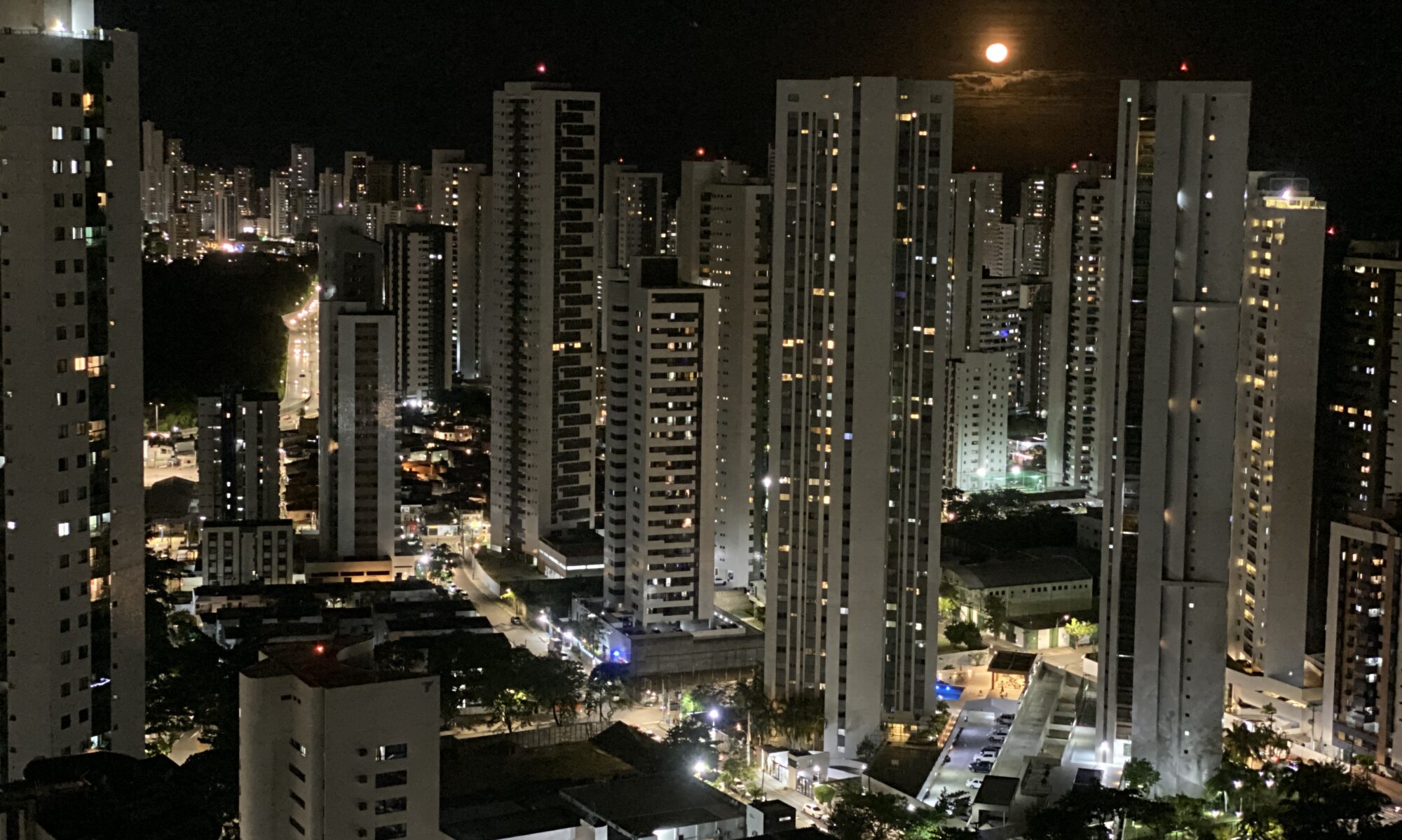Situated in the extreme south of Brazil, Rio Grande do Sul remained well away from the ambitions of the European conquerors for more than a century following the discovery of Brazil in 1500. Its lands, which until than had been inhabited by three native groups – Gê or Tapuia, Pampeano and Guarani – began to be occupied after 1610, a period that also marked the start of a series of conflicts and revolutions that were to last at least three hundred years, until the beginning of the twentieth century.
In the struggle for land, the Indians and the bandits took up arms and became involved in various disputes. With the aim of civilizing and converting the Indians, the Spanish Jesuits gathered together several tribes and created seven townships, the so called Seven Townships of the Missões, in the western part of the state. Nowadays this is a major tourist attraction, with ruins designated by UNESCO as a heritage site. Whilst seven townships were formed in the west, the Portuguese occupied the coastal strip and in 1680 created the colony of Sacramento on the banks of the River Plate, the present day city of Colonia in Uruguay. Organized by the Jesuits, the colony became one of the focuses of border wars that were waged between the Portuguese and the Spanish during the eighteenth century.
In addition to conflicts between the Indians and bandits over the possession of land, and between the Spanish and Portuguese for supremacy of the River Plate basin, other struggles took place in the area now occupied by Rio Grande do Sul. Between 1835 and 1845, the state was the battleground during the Farroupilha Revolution, with separatist ideals uniting the republican liberals against the imperial government. After some years of truce another war began in 1893, the Federalist Revolution between two political factions – on one side the Republican Party, led by Júlio Castilhos, with followers known as “chimangos”, presidential supporters who were identified by their use of white handkerchiefs; and on the other side, the liberals and parliamentarians, commanded by Gaspar Silveira Martins, whose symbol was red handkerchiefs. Although it lasted less than two years, this conflict left behind unfinished business that led to the other revolution in 1923. It was only after 1928 that peace came to the state, during the Government of Getúlio Vargas, later to become President of Brazil.
In the midst of the conflicts, waves of immigrants began to arrive in Rio Grand do Sul. First came the Germans who established themselves in the Vale do Rio dos Sinos, close to Porto Alegre, the state capital; then came the Italians who headed towards the mountain ridges and the towns of Caxias do Sul, Flores da Cunha, Bento Gonçalves and Garibaldi where they planted vines and started producing wine. Nowadays this region, which provided the setting for the film, “O Quatrilho” by Fábio Barreto, that competed for an Oscar for the best foreign film of 1995, is Brazil’s largest producer of wine. According to information from the Rio Grande do Sul wine co-operatives, the state produces and markets 91% of Brazil’s wine production.
For a long time the economy was based on production by large beef cattle farms, but later became diversified with the arrival of the German and Italian immigrants who settled in rural smallholdings and supplied Rio Grande do Sul and other states with agricultural products.
Until the present time, Gaúcho agriculture has been based on rural smallholdings so that the state became known as the granary of Brazil, responsible for 25% of the country’s grain production, mainly in the form of soya, wheat, rice and maize. According to the Brazilian Geographical and Statistical Institute (IBGE), Rio Grande do Sul provides 48% of the country’s rice, 76% of oats and 48% of tobacco. Research undertaken by the UN has revealed that Rio Grande do Sul is currently the Brazilian state with the best Human Development Index according to per capita income indicators, school attendance and life expectancy.
With a flock numbering 13.9 million head of cattle and 10 million head of sheep, the state is also a major meat producer. Its beef – with which the Gaúchos make the best barbecues in the world – is acclaimed both in Brazil and abroad. The leather and shoe industries are spin-offs from cattle production and together with the metal, chemical and petrochemical industries, occupy an important position within the state. Also, in connection with the petrochemical industry, the state is planning a major investment in the duplication of the Triunfo region and the Alberto Pasqualini refinery in Canoas.
The habit of taking chimarrão (a herb tea drunk from a gourd), the wearing of wide-legged trousers (a type of national costume), cooking on an earth barbecue and incorporating Castilian Spanish expressions in the dialect are some of the features that characterize the Gaucho, particularly those who were born and brought up in the pampas, the plains that form one of the most striking landscapes in the region. As well as the plains, other Gaúcho landscapes can be seen by anyone crossing this state, the gateway between Brazil and her southern neighbours, Uruguay and Argentina. Among the places of interest are the beaches, the National Park of Aparados da Serra, the highlands region and towns such as Pelotas, with its 19th century art nouveau buildings and legacies from the past, such as wrought-iron structures scattered around the town and left by the English at the beginning of the century.

